
Airbus Amber
Not Technical per A/M1044
From AIRBUS Regulations & Standards
Data 25. May 2022 Reference SA01ME2209418
Page 1/7
Memorandum
To
U.S. Department of Transportation
1200 New Jersey Ave. SE
Washington, DC
Copy
Dr. H.-G. Giesa, Airbus
M. L. Moulard, Airbus
From
Stephan Runge
Regulations & Standards, Hamburg
T +49 40 7437 5097
E stephan.runge@airbus.com
Ref: SA01ME2209418
25.05.2022
Accessible Lavatories on Single Aisle Aircraft - NPRM Part 2
Docket No. DOT–OST–2021–0137, document #0003
AIRBUS Commercial Aircraft - Comments
Dear Madam
Dear Sir
AIRBUS Commercial Aircraft welcomes that the Department of Transport is continuing the
discussion on the accessible lavatories on single aisle aircraft.
AIRBUS stays committed to the results achieved in 2016 by the ACCESS Advisory
Committee and we are pleased to participate in the commentary of the NPRM Part 2.
Our matter specialists and experts have carefully reviewed the NPRM Part 2 and we would
like to provide you with the following comments and would like to pose one question.
In case you may have any questions please don’t hesitate to contact me for further AIRBUS
internal coordination.
With kind regards
Stephan Runge
Airbus, Regulations & Standards
Reason:I approve this document
Signed by:Stephan Runge - SIG
Signed at:2022-05-25 09:43:59 +02:00
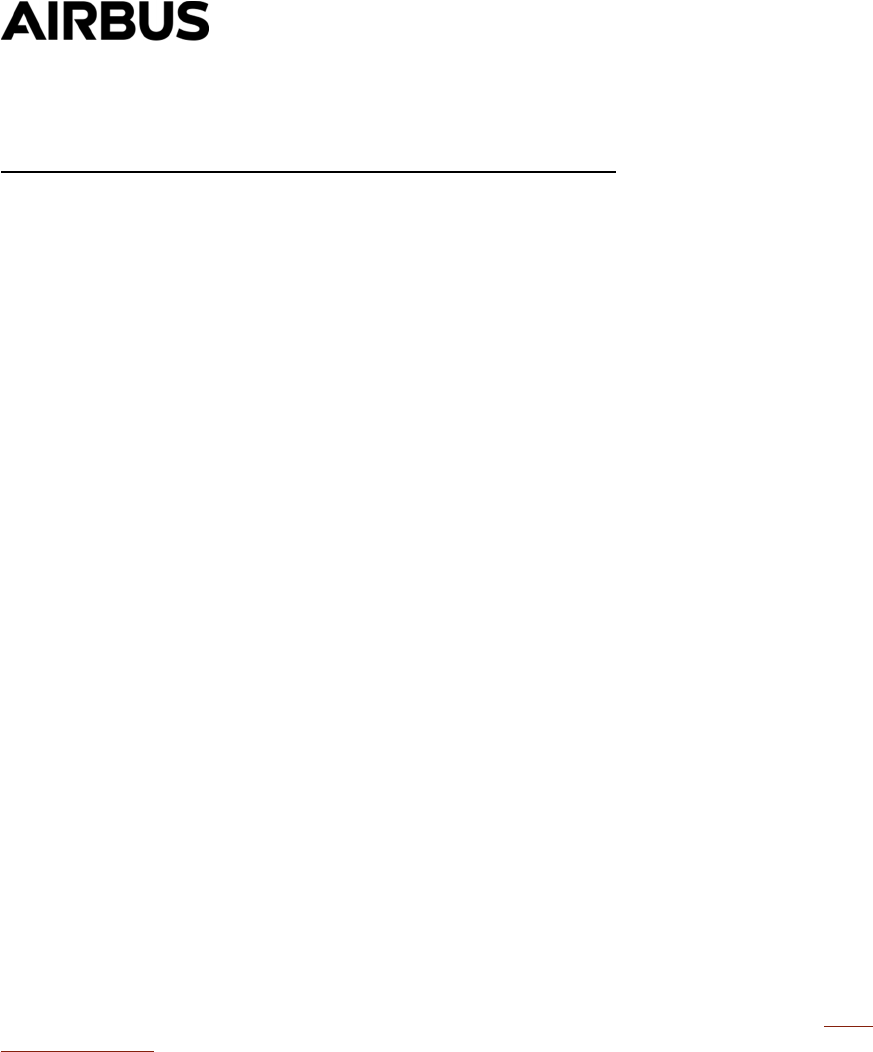
Airbus Amber
Not Technical per A/M1044
From AIRBUS Regulations & Standards
Data 25. May 2022 Reference SA01ME2209418
Page 2/7
NPRM Part 2, Chapter II. Discussion of Proposed Rule Text
Item #1:
PDF page 6/11, quote:
“The proposed rule would require the lavatory to be large enough to permit a qualified
individual with a disability [59] to approach the lavatory, enter, maneuver within as necessary
to use all lavatory facilities, and leave by means of the aircraft's OBW.[60]”
UNQUOTE
Further - Footnote [59], quote: “[...] We seek comment on the appropriate method of
calculating the height and weight of a 95th percentile male. [...]”
UNQUOTE
Airbus Comment:
The Department’s consideration to provide guidance for both height and weight is suitable.
An overweight tall US male represents well the critical reference person for an assisted
transfer within the limited space of a lavatory. The proposed SAE reference refers to the
recent 95th Hybrid III Anthropometric Test Device (ATD), which is widely used to represent
an overweight tall US male for vehicle design and considered as an appropriate reference for
height and weight for this rule.
Item #2
PDF page 6/11, quote:
“The Department specifically seeks comment on the costs, benefits, feasibility and
compliance timeframes of this proposal.”
UNQUOTE
Airbus Comment:
Prescribing the footprint would exclude other solutions based on smaller footprints.
Airbus Request:
Please reword to read as follows: “The proposed rule would require that the lavatory to be
large enough to design permits a qualified individual with a disability [59] to approach the
lavatory, enter, maneuver within as necessary to use all lavatory facilities, and leave by
means of the aircraft's OBW. [60]”
continued…
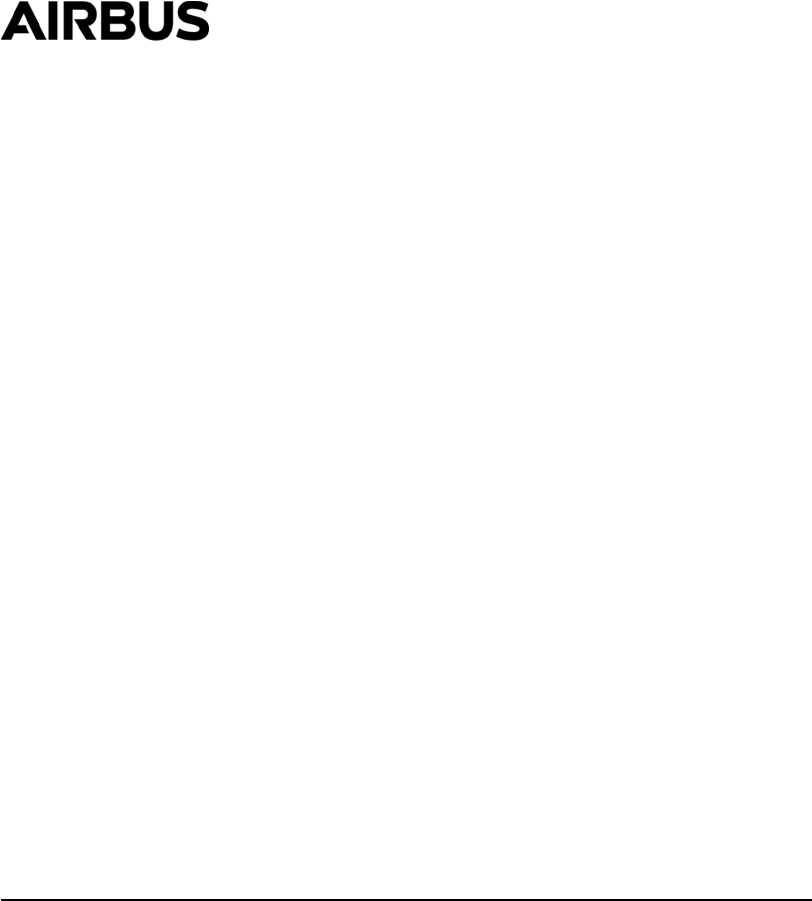
Airbus Amber
Not Technical per A/M1044
From AIRBUS Regulations & Standards
Data 25. May 2022 Reference SA01ME2209418
Page 3/7
Item #3
PDF page 6/11, quote:
“The Department has identified an alternative that would be similar to the NPRM's proposal,
with the only difference being that the lavatory would not be required to be large enough to
also accommodate an attendant. Under this alternative, the lavatory would be required to be
large enough to permit a passenger equivalent in size to a 95th percentile male to enter the
lavatory using the OBW, transfer between the OBW and the toilet, use all facilities within a
closed space that affords privacy equivalent to that afforded to ambulatory users, and exit
using the OBW. Could such an alternative be implemented on an earlier time frame than the
timeframe proposed for lavatories that would be large enough to accommodate a passenger
with a disability and his or her attendant? The Department seeks comment on the costs,
benefits, and feasibility of this alternative.”
UNQUOTE
Airbus Comment:
Lavatories equipped with a transfer seat that permits a passenger equivalent in size to a 95th
percentile male to enter the lavatory using the OBW, transfer between the OBW and the
toilet, use all facilities within a closed space that affords privacy equivalent to that afforded to
ambulatory users, and exit using the OBW are already offered as an option by Airbus. The
passenger first moves from the OBW to the transfer seat and then with the door closed from
the transfer seat to the toilet and vice versa. The OBW stays outside the lavatory. These
lavatories enable an independent transfer but do not provide enough space for an assist
person inside the lavatory.
NPRM Part 2, Chapter IV. Request for Data and Comments, Section A. general
Item #4
PDF page 8/11, quote:
“To what extent do accessible lavatories on twin-aisle aircraft meet the needs of passengers
with disabilities, particularly passengers with mobility impairments? Are accessible lavatories
on twin-aisle aircraft large enough to accommodate an assistant to assist the passenger with
transfers between the OBW and the toilet?”
UNQUOTE
Airbus Comment:
Airbus has designed several solutions for twin-aisle applications to support operators
showing compliance with Part 382.
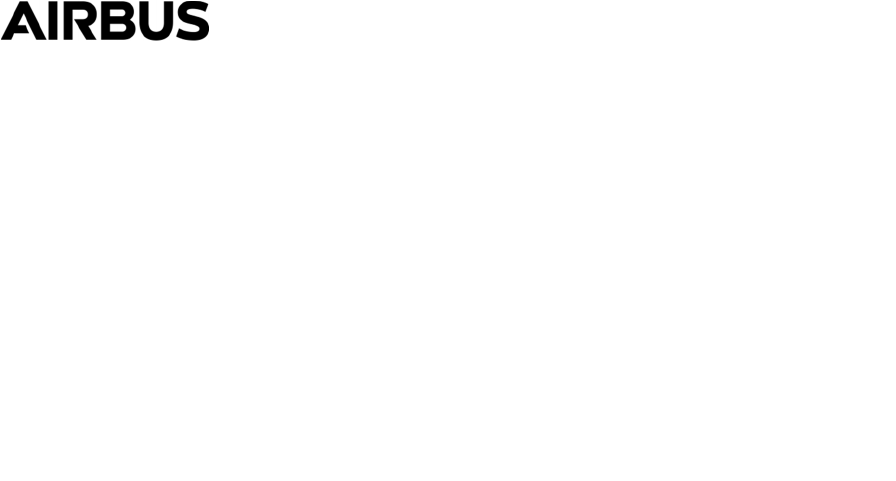
Airbus Amber
Not Technical per A/M1044
From AIRBUS Regulations & Standards
Data 25. May 2022 Reference SA01ME2209418
Page 4/7
Item #5
PDF page 8/11, quote:
“To what extent are lavatories meeting the size parameters of this proposal already available
for installation on single-aisle aircraft?”
UNQUOTE
Airbus Comment:
The accessible Twin-Aisle lavatories do not fit on Single-Aisle aircraft due to the required
curvature for their lining facing the fuselage structure.
AIRBUS Space-Flex V1 enables an assisted transfer and is in-service with a couple of
operators. AIRBUS Space-Flex V1 was replaced by the AIRBUS Space-Flex V2 already in-
service and ordered by a considerable number of airlines (enables independent transfer, not
enough space for an assist person inside the lavatory).
Item #6
PDF page 8/11, quote:
“What are the future trends for voluntary adoption of larger lavatories in single-aisle aircraft,
particularly given demographic trends tending toward an ageing population?”
UNQUOTE
Airbus Comments
For the time being we do not observe a growing demand from airline customers to increase
the size of lavatories on single-aisle aircraft. On A320 Family we see an increased selection
of the option “transfer seat”, since it recently became available as well for classic sized
lavatories.
Item #7
PDF page 8/11, quote:
“Are other innovative accessible lavatory options, not discussed in this NPRM, being
developed?”
Airbus Comment:
Such innovative solutions are being studied but the feasibility remains to be demonstrated.
continued…
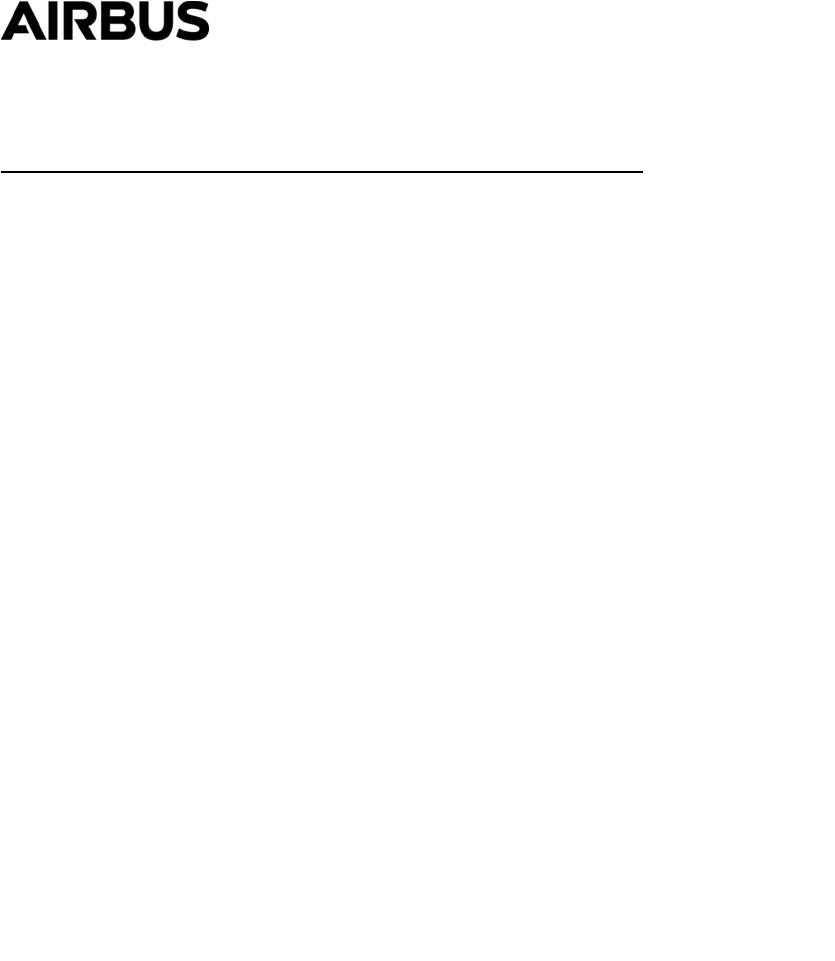
Airbus Amber
Not Technical per A/M1044
From AIRBUS Regulations & Standards
Data 25. May 2022 Reference SA01ME2209418
Page 5/7
NPRM Part 2, Chapter IV, Section B. Time Frame for Adoption
Item #8
PDF page 9/11, quote
“Are new type-certificated single-aisle aircraft currently being developed that would include
lavatories of the size equivalent to that proposed here ( i.e., lavatories that are large enough
to permit a passenger with a disability to approach, enter, and maneuver within the aircraft
lavatory with the help of an assistant if needed)?”
UNQUOTE
Airbus comment:
Currently no application for a new type-certificated single-aisle aircraft was issued.
Item #9
PDF Page 9/11, quote:
“Do any new type-certificated single-aisle aircraft include lavatories that would not be large
enough to accommodate an assistant but large enough to permit a passenger equivalent in
size to a 95th percentile male to enter the lavatory using the OBW, transfer between the
OBW and the toilet, use all facilities within a closed space that affords privacy equivalent to
that afforded to ambulatory users, and exit using the OBW?”
UNQUOTE
Airbus Comment:
There is no new type-certificated AIRBUS single-aisle aircraft. For the current fleet Airbus
provides accessible lavatories for independent transfer on single-aisle aircraft as an option in
accordance with the current regulatory requirements. Our Airline Customers may choose
these options for their cabin layout so that the operator can provide services partially
corresponding to the Part 382 regulatory requirements applicable to twin aisle aircraft.
continued…
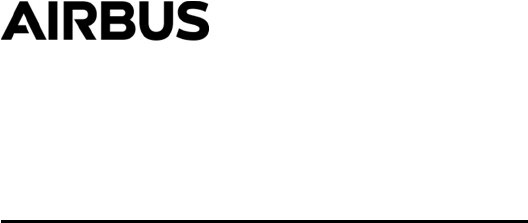
Airbus Amber
Not Technical per A/M1044
From AIRBUS Regulations & Standards
Data 25. May 2022 Reference SA01ME2209418
Page 6/7
NPRM Part 2, Chapter IV, D. Economic Information
Item #10
PDF page 9/11, quote:
“In the regulatory analysis, the Department assumed that aircraft ordered with accessible
lavatory features had identical costs to aircraft ordered without accessible lavatories. The
Department seeks information on whether any cost differential exists between the two types
of aircraft and how that differential compares with the total cost of new aircraft.”
UNQUOTE
Airbus Comment
Accessible lavatories are a chargeable option and part of the aircraft customisation process.
Detailed prices are confidential and are only shared with AIRBUS customers.
Item #11
PDF page 9-10/11, quote:
“In practical terms, what would be the size of a lavatory that accommodates a passenger with
a disability and an attendant equivalent in size to a 95th-percentile male?
How would these dimensions affect the features of lavatory interiors such as assist handles,
faucets and other controls, if these features must meet the needs of and be usable by
qualified individuals with a disability whether equivalent in size to a 95 percentile male or a 5
percentile female?”
UNQUOTE
Airbus Comment:
An accessible lavatory needs to consider requirements from a large variety of needs and
disabilities. All these requirements need to be balanced for an accessible lavatory and the
design is not only driven by a lavatory size optimised for an assisted transfer.
We need to state that a “larger lavatory” isn’t more accessible by default.
More space is generally beneficial for an assisted transfer, especially for taller passengers.
But space may also have significant disadvantages for the accessibility of features, e.g. if the
passenger call button or the water faucet shall be accessible from the seated position.
Especially for shorter passengers, assist handles need to be installed at reachable locations
that are able to withstand the loads. Lavatory walls are used for self-stabilisation when close
enough.
The required size also depends on the available height determined by the position in the
layout and the shape of the fuselage and adjacent modules.
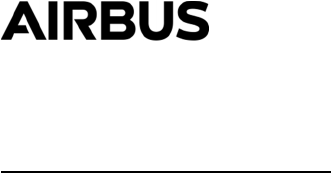
Airbus Amber
Not Technical per A/M1044
From AIRBUS Regulations & Standards
Data 25. May 2022 Reference SA01ME2209418
Page 7/7
NPRM Part 2, proposed §382.64
Item #12
PDF page 10 / 11, sub-para (a)(1)&(2), quote:
“(1) Permit a qualified individual with a disability equivalent in size to a 95th percentile male
to approach, enter, maneuver within as necessary to use all lavatory facilities, and leave, by
means of the aircraft's on-board wheelchair, in a closed space that affords privacy equivalent
to that afforded to ambulatory users; and
(2) Permit an assistant equivalent in size to a 95th percentile male to assist a qualified
individual with a disability, including assisting in transfers between the toilet and the aircraft's
on-board wheelchair, within a closed space that affords privacy equivalent to that afforded to
ambulatory users.”
UNQUOTE
Airbus Comment:
The combination of both paragraphs (1) and (2) could imply that a 95th percentile male can
be assisted by a 95th percentile male. This combination will occur statistically only rarely and
therefore implies a worst case scenario regarding the required space.
Airbus Question
Would it be acceptable to demonstrate compliance for more probable combinations (e.g.
95th percentile passenger with 50th percentile assistant or vice versa) OR is it intended to
demonstrate compliance with the worst case scenario (95th percentile passenger with 95th
percentile assistant)?
=.=.=.=.=.=.=.=.=.=.=.=.=.=.=.=.=.=
END of AIRBUS Comments
